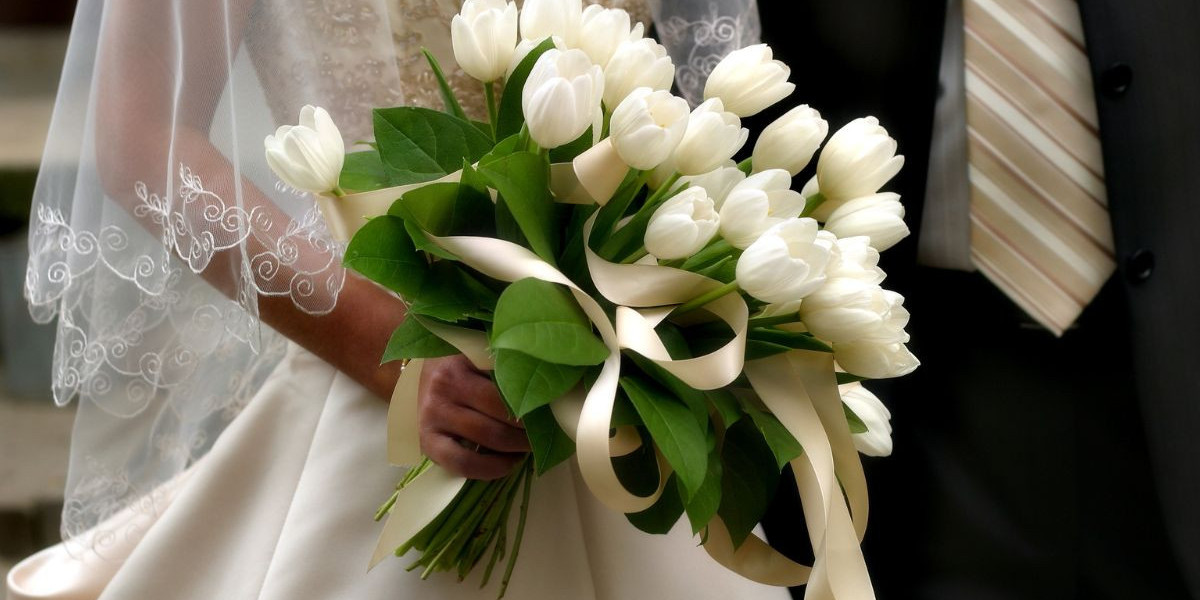Weddings are not just unions of two people—they are living testaments to culture, heritage, and history. Each tradition carries its own symbolism, color, and rhythm, reflecting generations of meaning. For a houston Texas photographer, documenting these traditions isn’t simply about producing beautiful images—it’s about understanding and honoring cultural expressions so that couples feel seen, respected, and celebrated in every frame.
This guide explores iconic wedding traditions across the globe, explains their significance, and provides practical advice for photographers who want to approach multicultural ceremonies with skill and sensitivity.
Why cultural traditions matter in photography
Traditions are the heartbeats of weddings. They give photographers moments that are both visually striking and deeply emotional. From the patterned hands of a mehndi ceremony to the unity symbolized by a lasso or stefana crown, these rituals are full of detail, movement, and human connection.
When a photographer understands the meaning behind a tradition, they can anticipate the pivotal moments—whether it’s the shattering of a glass or the draping of a veil—and position themselves to capture not only the ritual itself but also the emotions surrounding it. This transforms a photo gallery from a set of pretty pictures into a story that resonates for generations.
A closer look at wedding traditions around the world
South Asia — Mehndi and ceremonial color
In South Asian weddings, the mehndi (henna) ceremony is both festive and symbolic. Intricate designs are applied to the bride’s hands and feet, often surrounded by music, laughter, and vibrant decor. For photographers, this is an opportunity to capture macro detail shots of the henna patterns and jewelry, as well as candid moments of family joy. Warm lighting and rich, saturated edits help convey the vibrancy of the occasion.
East Asia — The Chinese tea ceremony
The Chinese tea ceremony emphasizes respect and family unity. The couple serves tea to parents and elders, who respond with blessings and gifts in red envelopes. The gestures are subtle but powerful, making it crucial for photographers to capture both the intimacy of hands exchanging cups and the expressions of the elders receiving them. Low angles and thoughtful composition highlight the reverence of the moment.
Jewish weddings — Breaking the glass
At the close of a Jewish wedding, the breaking of the glass is a climactic and joyous moment. The instant the glass shatters, guests erupt with cheers of “Mazel tov!” Photographers need to be prepared with high shutter speeds and wide frames to capture both the action and the energy of the crowd. Anticipation is key—this moment is over in a fraction of a second.
Hispanic and Latinx traditions — Las arras and the lasso
In many Hispanic weddings, the groom presents the bride with 13 coins (las arras), symbolizing prosperity and shared responsibility. Another cherished tradition is the lasso, often a rosary or ribbon placed around the couple in a figure-eight, symbolizing unity and infinity. Photographers should focus on tight shots of the coins in hand and wider compositions that show the lasso encircling the couple, capturing both the objects and their symbolism.
African and African-diaspora weddings — Money spraying and jumping the broom
In Nigerian and West African weddings, guests “spray” money onto the dancing couple as a gesture of blessing and prosperity. In African-American ceremonies, jumping the broom symbolizes entering a new life together. Both traditions are energetic and symbolic, requiring photographers to balance candid action shots with detail captures of expressions, movement, and symbolism. A fast shutter speed is essential for freezing these lively moments.
Celtic and Pagan traditions — Handfasting
Handfasting involves binding the couple’s hands together with cords or ribbons, symbolizing unity and the phrase “tying the knot.” Photographers should highlight the hands, the fabric, and the expressions of the couple during this ritual. Close-ups paired with wide environmental shots tell the story of intimacy and ceremony.
Greek Orthodox weddings — The stefana (crowning)
In Greek weddings, the couple is crowned with stefana—ornate crowns connected by ribbon—symbolizing the union of two as one. This ritual is elegant and regal, offering opportunities for dramatic portraits of the couple crowned, as well as detail shots of the crowns themselves. Medium shots that include the officiant and sponsors provide necessary context.
Filipino weddings — Veil, cord, and candles
In Filipino weddings, multiple unity rituals take place: the veil is draped over the couple to symbolize protection, the cord (yugal) is looped around them as a symbol of eternity, and candles or coins are exchanged to represent provision and faith. These layered traditions move quickly, requiring photographers to shift from wide angles to close-ups seamlessly. The veil and cord make particularly striking symbolic detail shots.
How a houston Texas photographer can prepare
Ask before shooting. Every couple has personal interpretations of traditions. Some rituals are sacred and may have restrictions on photography. Always ask the couple or officiant about rules before the ceremony.
Study the meanings. You don’t need to become a cultural expert, but knowing why a ritual exists helps you predict the emotional and visual climax.
Pack the right gear. Macro lenses for rings, coins, and henna; fast primes for portraits; and a wide zoom for action. Extra cards and batteries are essential.
Use a second shooter. Many rituals involve simultaneous gestures and reactions. A second shooter ensures nothing is missed.
Respect the space. Move deliberately, avoid intrusions, and comply with any religious or cultural restrictions about where you can stand or whether you can use flash.
Key shooting strategies
Shoot in layers. Start wide for context, medium for participants, and close for details. Sequence images in storytelling order.
Focus on hands and faces. Most rituals involve meaningful gestures. Pair hand close-ups with expressions to capture both symbolism and emotion.
Anticipate cues. A chant, a pause, or the raising of an object often signals a photo-worthy moment. Stay alert.
Balance light sources. Natural light is ideal, but subtle fill from LED or bounced flash can save dim interiors. Keep your approach discreet.
Real-world case study: B&A Photography in Houston
B&A Photography, a houston Texas photographer team, documented a multicultural wedding blending Filipino traditions with a Catholic Mass and a reception full of energy. The veil and cord rituals, the arras coin exchange, and the lively money dance provided diverse photo opportunities.
Their approach included:
Scouting the dim church in advance and preparing portable LED panels for soft fill light.
Using macro lenses for arras coin close-ups and wide primes for capturing the draped veil and cord.
Assigning a second shooter to document family reactions during each ritual.
Increasing shutter speed during the money dance to freeze motion while keeping expressions clear.
The final gallery balanced reverence and celebration, with images that honored the couple’s heritage while maintaining an editorial polish. The couple described their photos as “a perfect blend of faith, tradition, and joy.”
Quick checklist for multicultural weddings
Confirm rules with officiants and venues.
Pack versatile gear: macro, primes, wide zooms, and lighting aids.
Schedule prep conversations with the couple.
Assign roles if you have a second shooter.
Scout lighting conditions early.
Stay observant and respectful.
FAQs
Do all traditions allow photography?
Not always. Some rituals prohibit flash or photography altogether. Ask beforehand.
How do I ensure cultural sensitivity?
Listen, research, and ask questions. Let the couple guide you on what’s most important and how it should be represented.
How do I prepare if I don’t know the language of the ceremony?
Learn the structure and watch for visual cues. Having a family member or planner guide you can also help.
Conclusion
Cultural traditions bring weddings to life with meaning, beauty, and diversity. For B&A Photography, a houston Texas photographer team, approaching these moments with respect, knowledge, and technical readiness ensures that every gallery is more than just a collection of images—it becomes a cultural legacy preserved for future generations.














